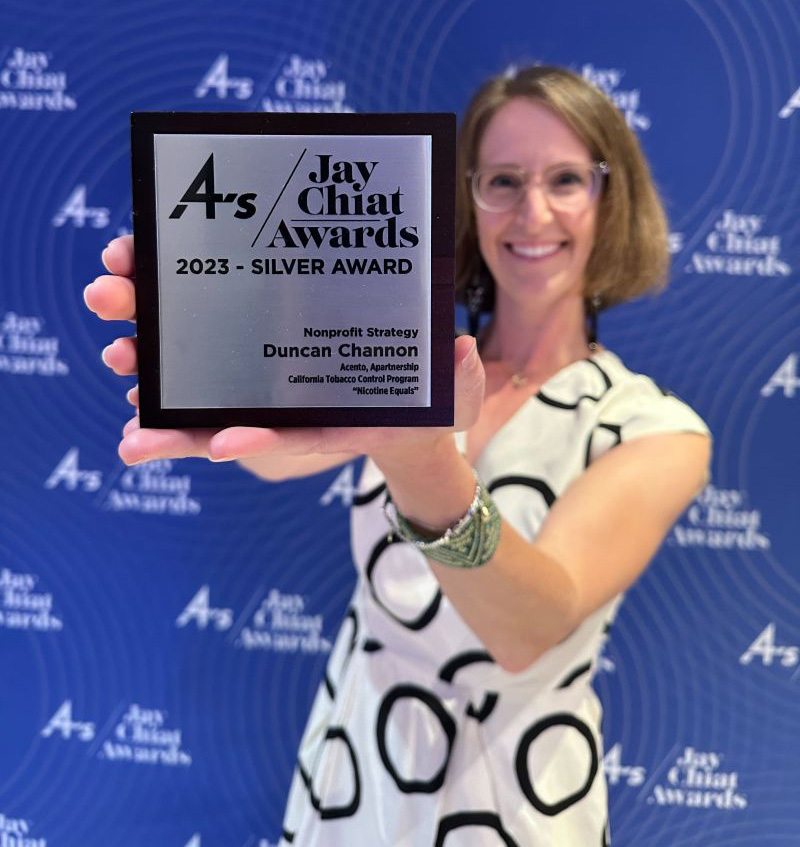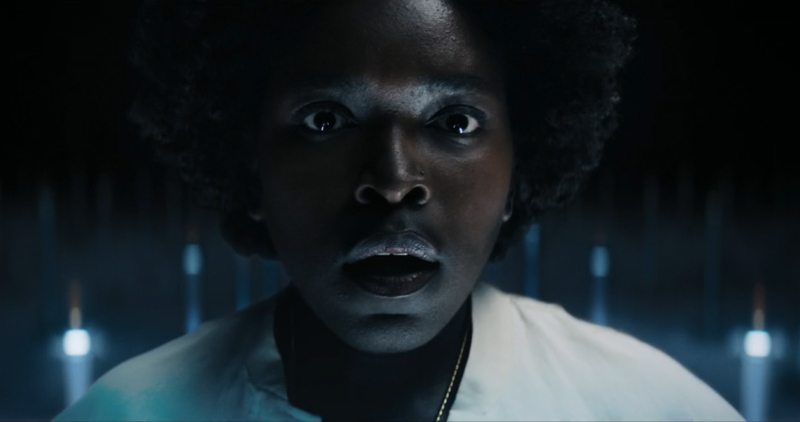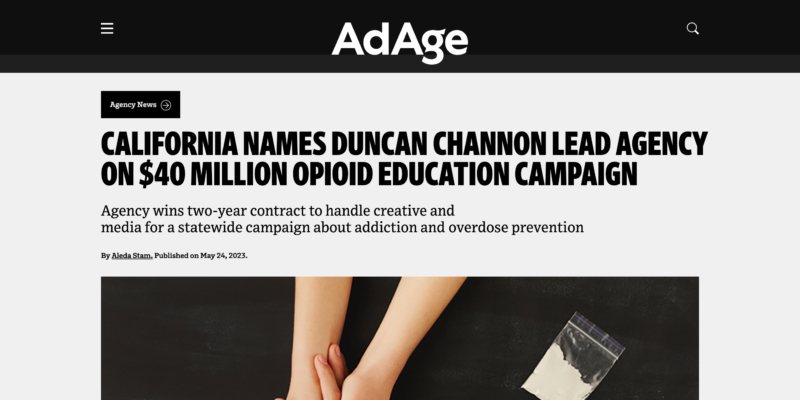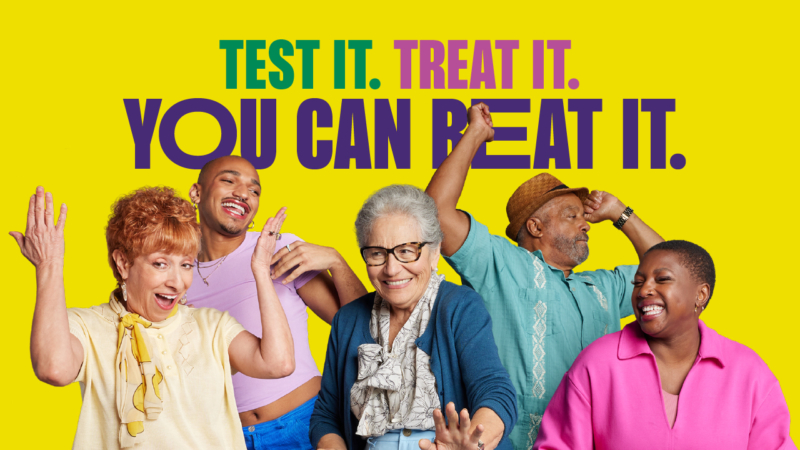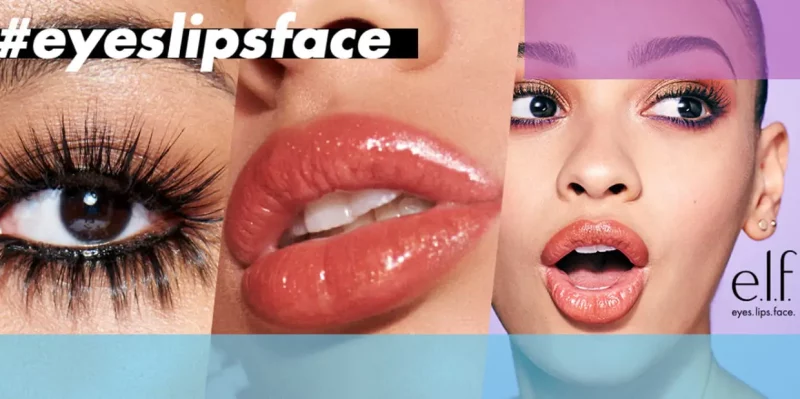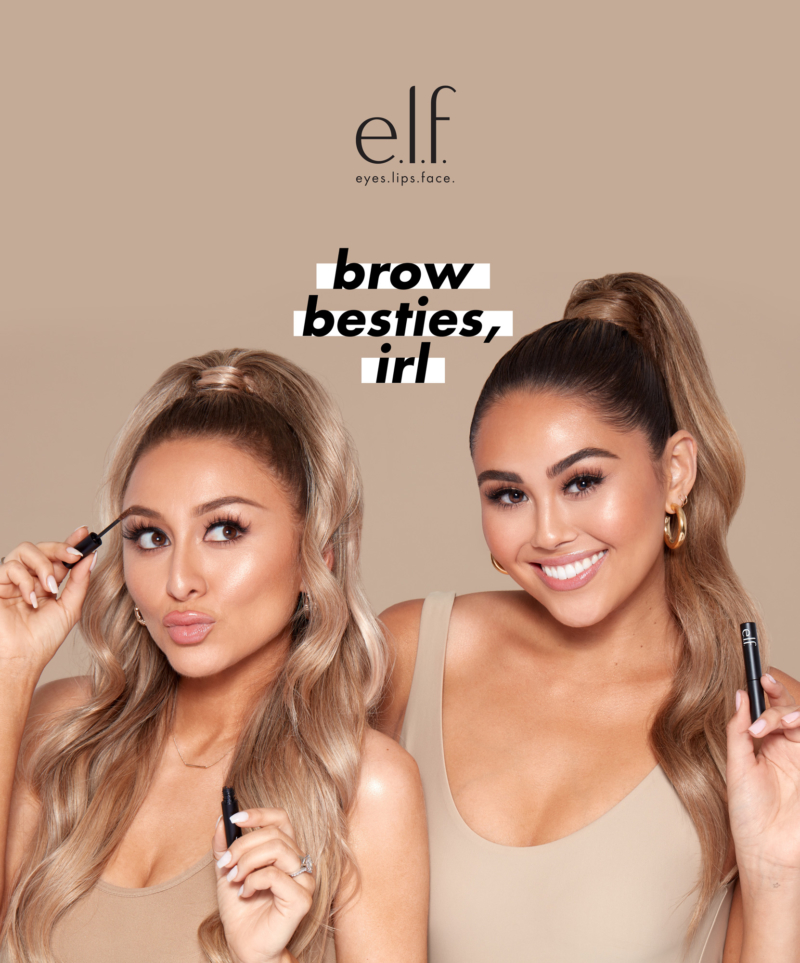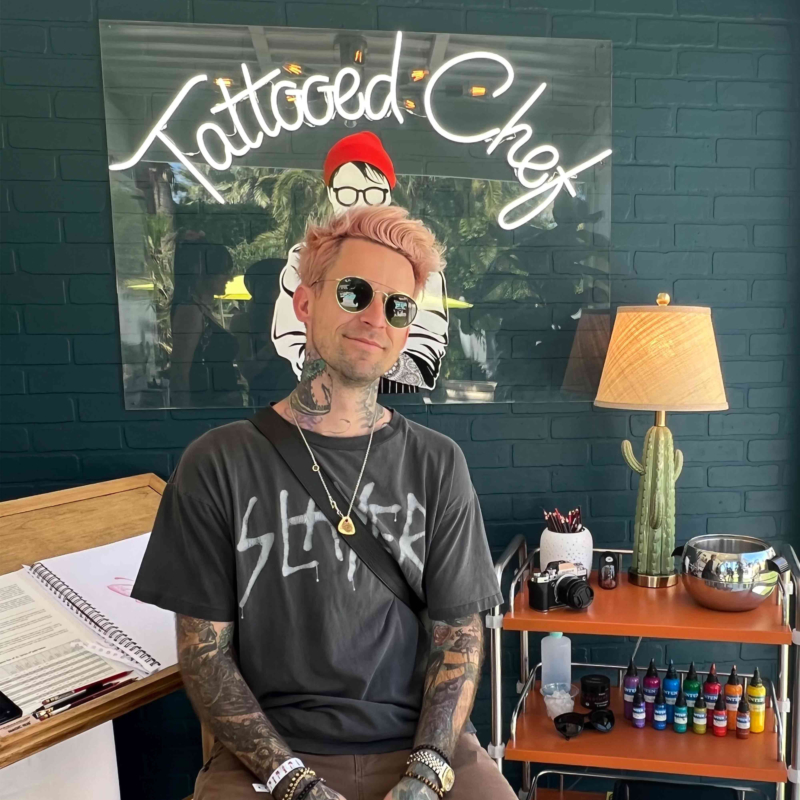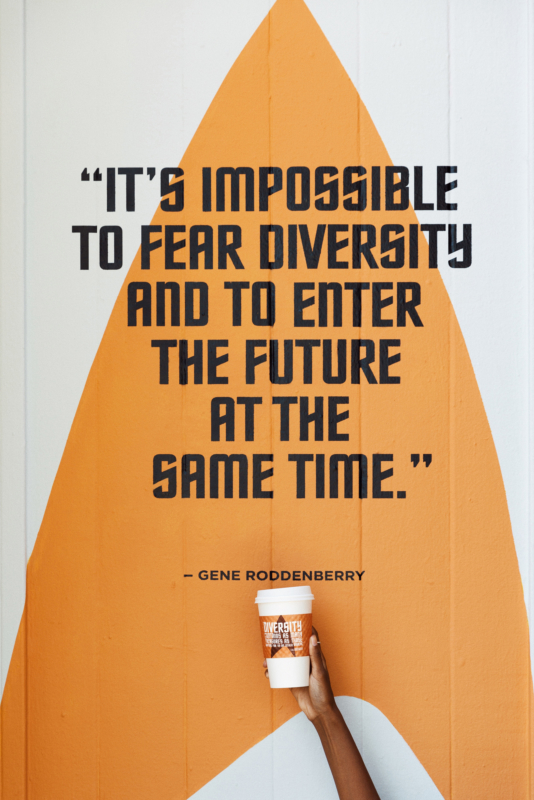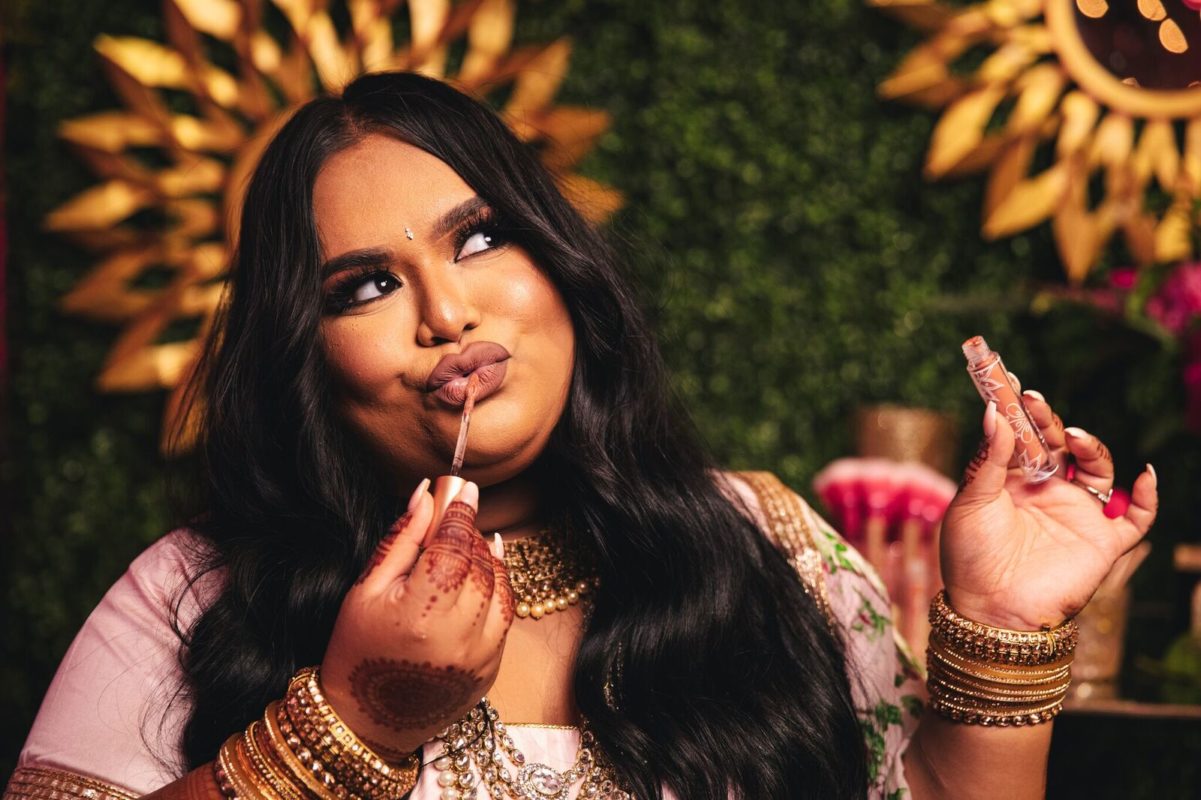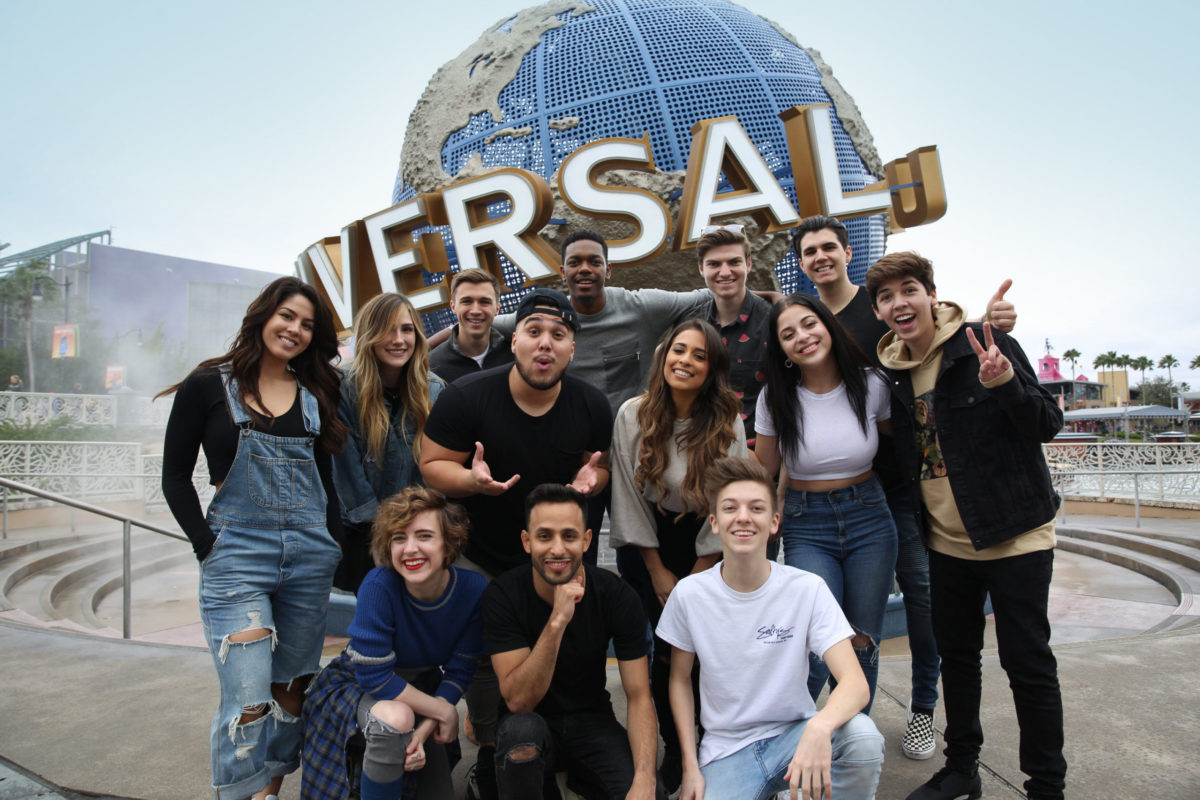News

by Adam Flynn, D/C brand strategist
In a paper for the Nesson Center for Internet Geophysics, Tim Hwang and Adi Kamdar argue that the declining effectiveness of standard online advertising (admittedly a debated topic) will push further market consolidation, encroachment on privacy, and blurring of lines between content and advertising. These trends, hotly-discussed last year, show little sign of abating in 2014. So, if we are where they say we are, how might organizations and brands best navigate this transition in a way that leads to positive results for all concerned?
The first step might be making sure you’re not being creepy.
What do we mean by that? Well, we don’t mean horror movies, Welcome to Night Vale, or our very own talking Ticket Oak. We mean the real world.
And by “creepy,” we mean a specific type of threatening creepiness, one that is often associated with the experiences of women dating men, but can exist in many types of relationships, including brand relationships. It’s a lack of awareness of soft signals and social norms. Tone-deafness followed by dogged pursuit.
It’s following someone around online, but avoiding them in person.
It’s stalking someone enough to know they’re pregnant before their father does. (Getting all of that info stolen doesn’t make it better, by the way.)
It’s assuming that if someone doesn’t go out of their way to shut you down, what you’re doing must be okay.
As Hugo Schwyzer pointed out in Jezebel, being called out as creepy is both stinging and hard to refute, as it is based in the subjective feelings of another: “No other word is as effective as describing when a man has crossed a woman’s boundary; no other word forces a man to reflect on how his behavior makes other people feel. A guy…can only disprove the charge of creepiness by fundamentally altering his behavior to be more genuinely respectful.”
If brands truly want to have deep relationships with consumers, especially women, then they ought to go about it the right way.
Women make the majority of household purchasing decisions, yet the advertising aimed at them is mostly created by (young, college-educated, white) men. It’s hard to develop effective messaging based on an incomplete social perspective. Just as California-based designers of smart watches didn’t need to think about surviving winter or fitting into bulky parkas, they also didn’t take into consideration the possibility they might be “an inadvertent tool of the seedy victimization of women.”
To put it plainly, it’s hard for someone who’s never been the victim of “creeper-moves” to predict what might or might not be creepy – especially in a young, college-educated, white vacuum.
This is a problem in tech, a problem in advertising and a problem in corporate America. Thankfully, there are scattered signs of a greater thoughtfulness and responsibility worthy of the trust inherent in making a brand part of someone’s life.
Twitter recently rolled back changes to its “block” feature after massive pushback. The changes were a sincere attempt to de-escalate the retaliation that often occurs after a notification of blocking (definitely an issue), but ended up making the problem worse. Blocked users could still follow, favorite, and re-tweet, just without the blocking user seeing it. Passionate users revolted, likening the changes to a blindfold and accusing the company of shifting the balance of power in favor of harassers. Twitter executives held an emergency meeting, reversed the changes, and put a stake in the ground that “we never want to introduce features at the cost of users feeling less safe.” (Twitter’s board, incidentally, just added its first female member this December.)
Down in the valley, as the NY Times reports, Facebook made changes to how its takedown requests work, informed by work in neuroscience, psychology, and mindfulness:
“Previously, someone tagged in an unfortunate Facebook photo could flag the image as offensive and hope the other person would remove it. Now, a form pops up with options like, ‘It’s embarrassing,’ ‘It’s inappropriate’ and ‘It makes me sad,’ along with a polite request to take the photo down… Introducing that simple, thoughtful language has tripled the likelihood that users will send a message asking for the photo to be removed, [Facebook’s Arturo] Bejar said, adding that the overall response has been significant. In the United States, if someone marks a Facebook photo as ‘embarrassing,’ it is 83 percent likely that the poster will respond or delete it. Facebook will soon add a similar function to text posts. ‘We didn’t realize how hard it was to feel heard in electronic communications, but now there are mechanisms for being more expressive and thoughtful,’ Mr. Bejar said.”
It’s a far cry from “poke,” and perhaps a sign of corporate maturity.
And in our own case, we don’t mean to to brag (sorry/not sorry), but we’ve always admired the way John Muir Health puts an emphasis on listening to its mostly-female base of healthcare decision-makers, topics where embarrassment and silence were once the norm. From research to creative development to production, there have always been women in the room, and usually the majority [ed.: should we mention that they call themselves “the coven?”]. We think the value of an end-to-end approach has paid off in the work, and that our new spots speak to something authentic and real, but we’ll let you be the judge of that.
